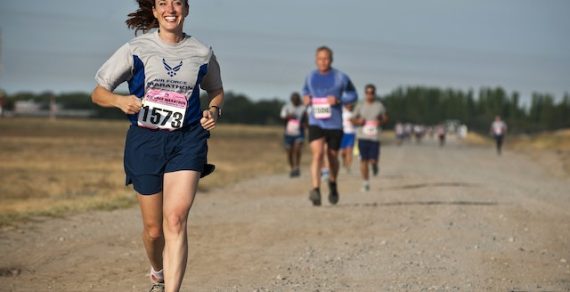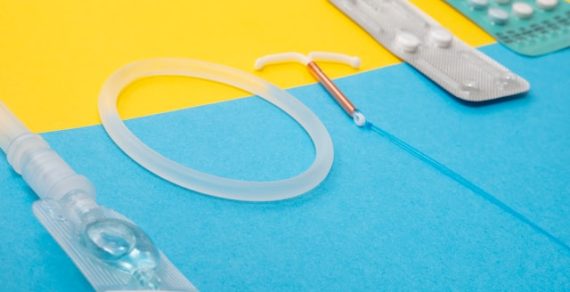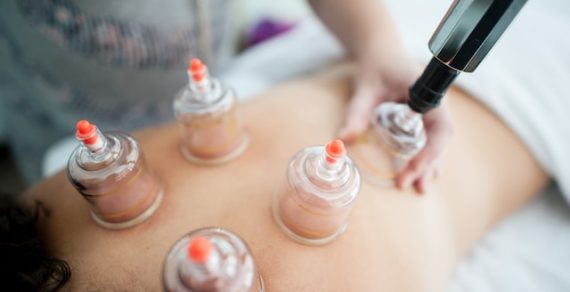We live in a quiet community. Although exercise and sports have become friends for some time, there are many. We live in a sedentary society. Although exercise and sports have become popular in recent times, most people have a basic routine that requires them to spend a significant amount of time sitting in a chair with little physical exertion. Also, at the leisure level, many of the population hardly moves, for example, spends a lot of their time watching TV or on the networks and have a very active life on a physical development level.
A sedentary lifestyle can be a significant problem: exercising is not dangerous. It can be an essential risk factor for medical conditions and mental disorders. It is even possible that people who want to stop living such a lifestyle do not know how to do it or are not trained in it. Therefore, it often becomes necessary to perform physical development treatment while sitting still.

Table of Contents
Sedentary lifestyle: definition and risk
Although it is a concept that most residents already know, it never hurts to reconsider the meaning of the term sedentary life to understand what we will deal with.
The World Health Organization defines a sedentary lifestyle as a lifestyle that includes the absence of regular exercise or a tendency to inactivity. Such performance is less than half an hour of daily routine.
It is a lifestyle that began to originate in the birth of agriculture and livestock but has been increasingly increased over time; according to technological advances, it was unnecessary to go on big trips and minimize the efforts necessary to carry out our tasks. Today, even for something as pleasurable as leisure or social relationships, we hardly have to move, becoming increasingly inactive.
Although a sedentary lifestyle is not technically considered a disease or disorder, it is a significant variable risk factor for several diseases. It weakens the immune system and impedes bodily function as much as possible. This factor could cause about two million premature deaths.
Related disorders
Some of the medical conditions that have been linked are heart disease in general, obesity and hypertension, various types of cancer, and metabolic diseases such as diabetes (mainly type II). As a result of the above disorders, the risk of stroke may also be increased.
In addition, it also affects the mental level: a sedentary lifestyle is much more likely to develop anxiety, stress, or depression. It also facilitates and accelerates neuronal degeneration in patients with neurodegenerative diseases such as Alzheimer’s.
Advantages of sports
An important factor when dealing with a sedentary lifestyle is to show, on the one hand, the disadvantages it has and, on the other hand, the multiple benefits of playing sports.
In this sense, it should be noted that sports produce endorphins to improve a person’s mood. It improves the health of our muscles and heart, strengthens the immune system, and improves the quality of life. It also increases memory capacity, energy, and attention we can put into play.
It also improves sleep and sexual intercourse. It reduces anxiety and depression and is even a protective factor for dementia. It also tends to create a sense of physical development control and increase perceived automation. Finally, it stylizes the image and improves overall skills, which can help increase the self-esteem of some.
Psychological treatment of sedentary life
The factors discussed above suggest that sedentary behavior is a risk and a disadvantage for our bodies. It is why many people feel the need for change that they do not consider themselves capable of, or even in many cases they have not thought about their lifestyle and that they go to psychological counseling for a reason other than where it is a very relevant factor ( such as individuals with depression), who may need professional help.
Here are some factors and techniques of physical development that can be used in the psychological treatment of sedentary life.
Analysis and assessment of initial condition and maintenance factors
Before embarking on psychological treatment for a passive process, it will be necessary to assess how sedentary you are, if there are causes and what they are, or factors that prevent their behavior from changing. The subject’s beliefs regarding exercise, health (through a medical examination), wishes, context, expectations, and the possible existence of emotional problems and the individual’s history of practice have been assessed, among other factors.
Some of the most common reasons for sitting still and maintaining sedentary or not doing sports are lack of time, presence of low self-esteem (that is, belief that they cannot exercise or carry it over time), lack of self-esteem in general, discomfort or comparison with other people in daily life or in sports centers, disabilities or even the existence of entertainment methods or the most comfortable and most accessible distractions to perform.
These factors need to be considered and treated to perform successful sedentary psychotherapy.
Once evaluated, you can begin to apply a series of techniques to help the patient increase their effectiveness. It is essential to keep in mind that different aspects must also be assessed during this process. The plans changed according to the situation at hand.
Psychiatric education
Many people are not aware of the risks involved in a sedentary life. Even though they know it is not favorable, they see no reason to change their behavior. In this sense, psychological education can be helpful to and demonstrate the pros and cons of both exercise and physical inactivity. You can use graphical elements such as charts of pros and cons.
Cognitive restructuring and discussion of attitudes and thoughts
This technology can be used at any time. And there are many irrational views and expectations about what and how you should be yourself, what sport means, or how the world can respond to it. Presenting them as a hypothesis, creating alternatives, and making behavioral attempts to reverse each of them can create behavioral changes.
Cognitive restructuring, for example, makes it possible to combat dysfunctional attitudes about self-esteem and self-efficacy that create a state of depression and inactive vulnerability. For example, you can use different types of records to compare the initial expectations and results of a behavioral experiment and see if your beliefs match what you expected.
Development of goals
Suppose the subject agrees to bring about behavioral change. In that case, it must be established jointly with the professional in such a way as to set goals, incremental and realistic.
Formulation of a work plan
If the subject accepts it, an exercise plan can be performed. Together with him, he will analyze the circumstances, what you are willing to do, and your wishes and goals to form a comprehensive plan. It should be noted that an essential condition must first be made, and then the requirements must be met and maintained over time.
Gradual exposure
It is essential to keep in mind that it takes a certain amount of effort to exercise. Although it depends on the situation, someone who is not used to it can start with too demanding exercises or find it complicated and tiring and end up giving it up. That’s why training should be considered gradually, putting small physical development activities (though not too easy, but a little challenging) into daily life.
Conduct agreement
One way to encourage a patient’s commitment is to enter into behavioral agreements where the patient agrees to perform certain physical development activities, usually in exchange for sponsorship. It can be helpful to link, for example, the performance of physical activity to achieving a much more enjoyable activity for the subject.
You may be interested in: “What is positive or negative reinforcement in psychology?”
Self-education technology
Physical development techniques that are widely used in different areas where behavior must be learned or established are based on the use and changes of self-instruction or self-esteem that we perform when we do some behavior (for example I have to buy … / I intend to go and I’m going to tell you that …) so this is more positive than the previous ones and encourages us to take action.
Self-management training
Having little ability to control what is happening to us or that our behavior has hardly any positive consequences for achieving our goals is one of the factors that cause many to remain inactive and lack exercise and physical development
Prevention of relapse
One last step that needs to be taken into account when dealing with a sedentary lifestyle is the idea of trying to maintain the behavioral change over time and make it difficult for a sedentary lifestyle to return to normal. In this sense, it is necessary for physical development to consider that factors can form this setback and try to prevent it and create options for action. At the same time, independence and a sense of the subject’s self-efficacy are introduced and strengthened.
Evaluation and monitoring
It depends on the subject that changes are made in physical development. When treatment is completed, it is necessary to assess goals achieved, contrary to previous expectations with the results obtained, and check if at any point there were difficulties and why.




